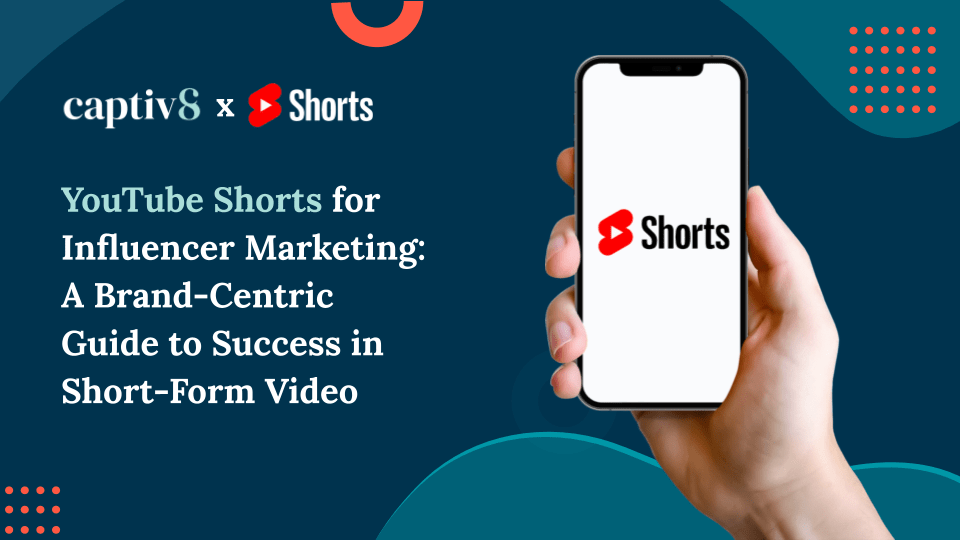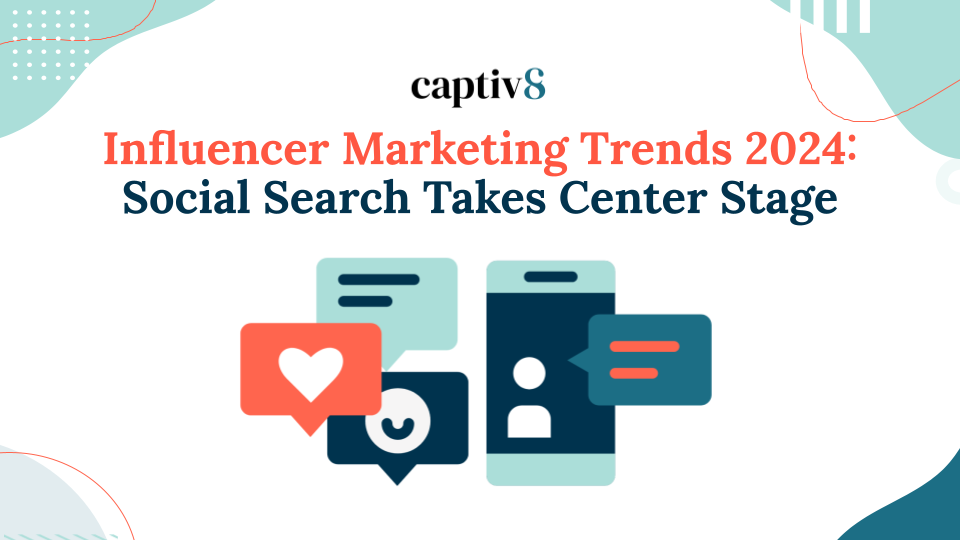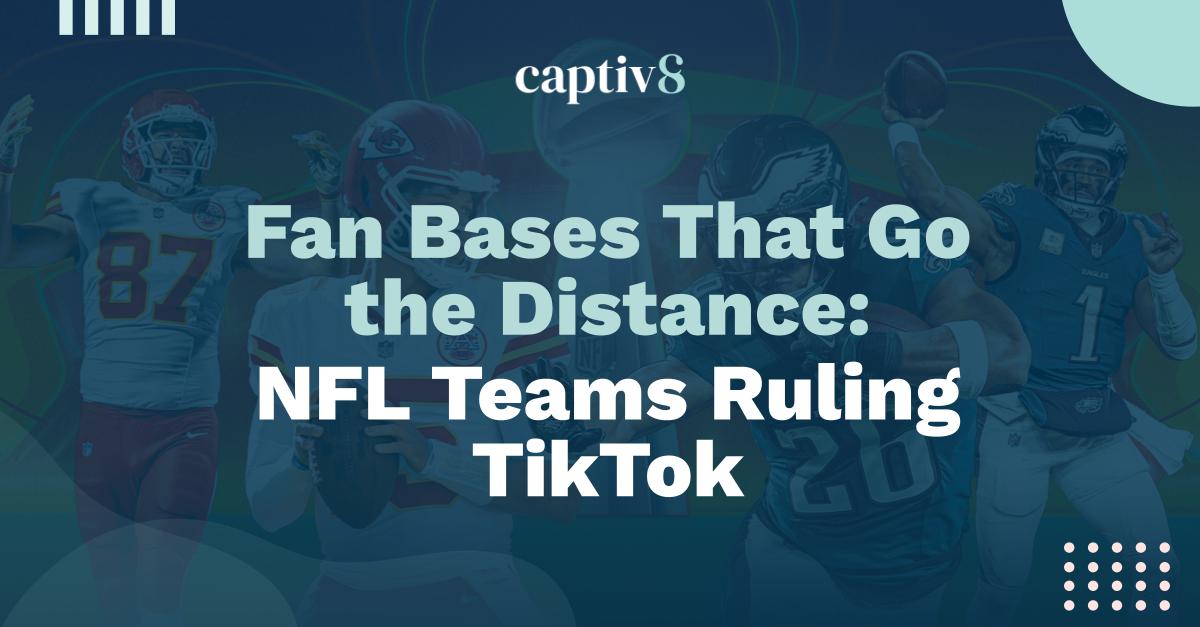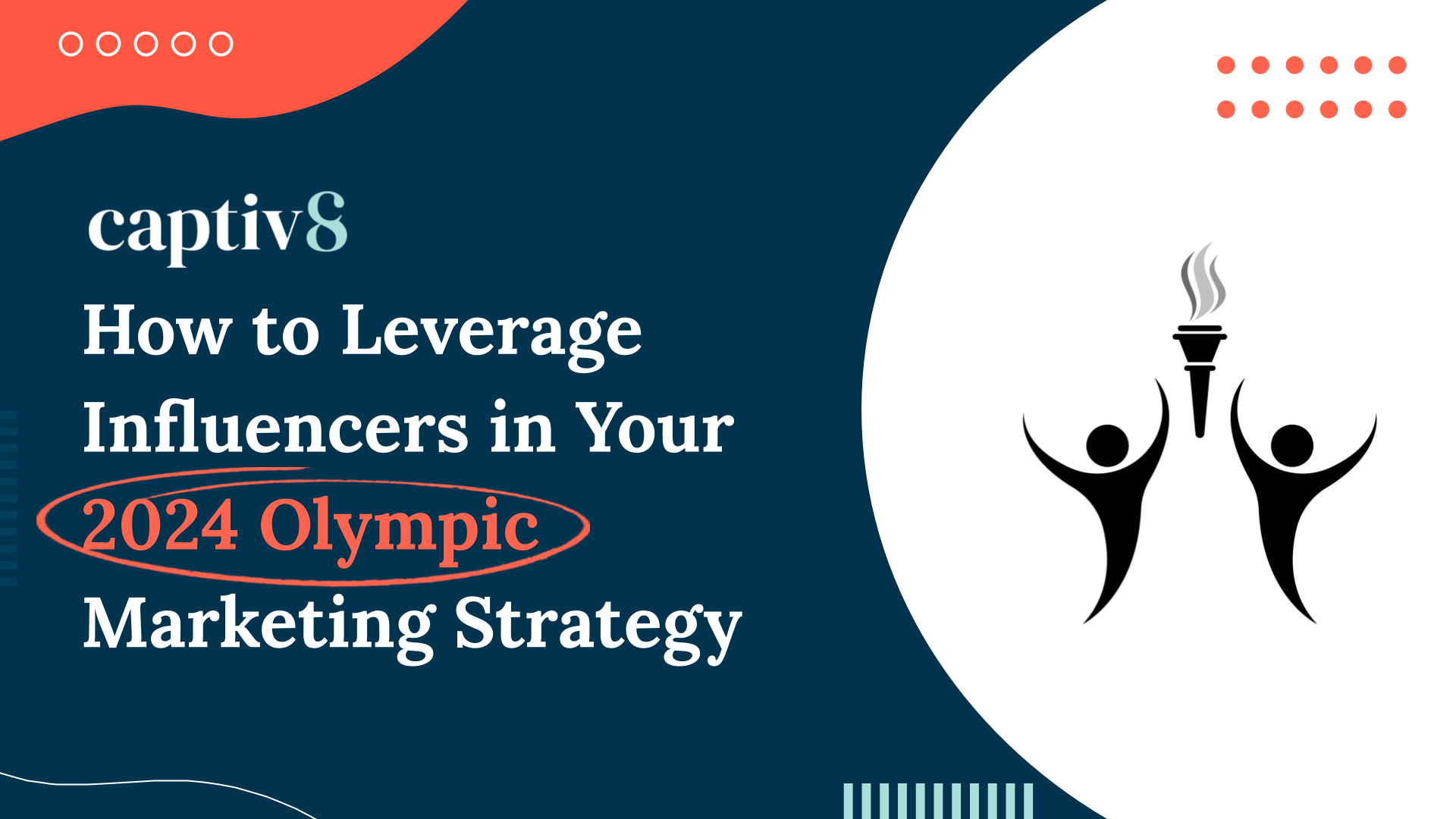The 2020 Influencer Marketing Trends Recap
2020 proved to be a transformational year across industries, and social media and influencer marketing quickly adapted accordingly. Drastic changes in lifestyle and values due to events such as the ongoing COVID-19 global pandemic and response and with tense moments of racial division and a much-talked about election year, called for a shift in the landscape. As we take a look back at 2020, these are the trends that defined what resonated in influencer marketing:
2020 Influencer Marketing Trend #1: Short-Form Content
2020 marked the rise of TikTok, which ushered in a new wave of short-formed video content and added even more creative personalities into the mix. The platform distinguishes itself from all traditional forms of social media, by putting the focus on unfiltered and entertaining user-generated content. Think Vine, but longevity. With nation-wide lockdowns limiting social interaction and activity, many traditional long-form video based influencers on YouTube had to redirect content creation methods. This made space in the previously saturated market for home-generated content appealing to a wider user group with much lower barriers to entry. Since its launch in the US, the relatively new social media platform has grown to being one of the most popular sources of influencer content within the past year. As of April 2020, the app has been downloaded over 2 billions times worldwide.
With the increasing popularity of TikTok, other social media apps are also adapting their platform to include this new style of content. Instagram has already launched their Instagram Reels feature earlier this summer, similarly offering 15 second videos paired with soundtracks. Snapchat has also made remarks on altering their discover page to enable users to swipe through public stories in a similar format as the “For You” page on Tik Tok. Considering its bolstering popularity and rapid adaptations from many traditional social media platforms, short-formed video content will most definitely be a trend to stay and dominate the social media scene throughout 2021.
2020 Influencer Marketing Trend #2: Rise of E-Commerce
Anxiety related to the COVID-19 pandemic veered households away from traditional in-person shopping experiences, speeding up consumers’ preferences for contactless and digital payments. The coronavirus pandemic has functionally accelerated the shift to online distribution channels of not only non-perishable tools and gadgets but also traditional physical shopping merchandise such as groceries or household essentials. Companies centered on e-commerce such as Amazon adapting their current product line to cater towards the new need for offline groceries, launching their “Amazon Fresh” program. Industry superpowers such as Walmart and Costco began providing new fresh produce delivery services to target the shift in their customer preferences. New contenders specializing in contactless such as Weee! Or Yami Buy have also increased in prominence during this time. The rise in prominence of online shopping can be easily shown through Amazon’s growth, with their stocks rising 95% from $1600 in March to $3500 as of now.
Fresh n Lean, for example, is an up and coming meal prep company that delivers ready-made meals to customers. Their marketing team has turned to health related influencers such as @vgolden423 to promote their product to her followers.
Influencers and e-commerce have always come hand-in-hand, with the rise of industry often indicating a surge in the other. With increasing demand and fragmentation within the e-commerce market, more and more brands have considered influencer marketing for their product lines. Whether it’s the traditional swipe-up posts and affiliate links or some innovative long-term partnerships, Influencers are sure to be the new drivers of this growing online market.
2020 Influencer Marketing Trend #3: Social Media & Politics
Ever since the increased social media usage leading up to the 2016 US Presidential Election by President Donald Trump, the influence of social media on politics has been increasing at an immense rate. Whether it’s the rising demographic of political activism or the extensive use of social media in electoral campaigns, the influence social media has on American politics is undeniable. (Read more here!)
In the past year, we’ve witnessed moments of political injustice captured on and catalyzed through social media that have caused caused waves of social movement across the nation and globe. George Floyd, a 46-year-old black American man, was killed in Minneapolis on May 25th as a result of police misconduct. Footage of these unspeakable events were captured by multiple bystanders and had spread across the US. By the next day, the entire nation witnessed to the events through social media. Since then, Influencers have increasingly began to advocate their political and racial values, educating the younger audiences on the injustices of our past and present.
Recognizing the power of social media on the political climate of the US, politicians are all looking to leverage this new resource. Mike Bloomberg, for example, contracted some of the biggest meme-makers on the internet including @tank.sinatra, @GrapeJuiceBoys, @WhitePeopleHumor, and @MyTherapistSays to promote his presidential campaign. The notorious meme brands were tasked with posting sponsored content relating to the Bloomberg campaign in hopes to garner more attention and traction towards his campaign. Despite Bloomberg’s later dropout, the campaign itself was a viral success as his social media following grew by 410K on Twitter and 210K on Instagram during the period of this campaign.
With social media and influencer culture’s increasing effect on the political scene, 2021 may cultivate an entirely new trend of influencer marketing for not only products but for strong purpose-driven marketing.
2020 Influencer Marketing Trend #4: Traditional Celebrities vs. Influencers
Many traditional media channels halted the production across television programming and movies. However with recent surges in home-created low-production content increased the presence of non-traditional influencers across social media has definitely been on the rise. The value of everyday influencers has been cemented in 2020 – understanding their reach and ability to canvas a brand amongst existing and new audiences has been adopted by brands globally. With TikTok itself making names like Addison Rae and Charli D’Amelio household names, the power of the influencer is here to stay.
In 2021, we’re here to power influencer marketing campaigns from picking the perfect creator to helping brands achieve their marketing goals. Visit Captiv8.io and let’s plan out your 2021 strategy!
P.S. Captiv8 heads to Europe!



